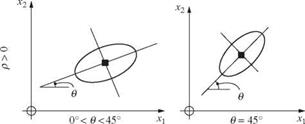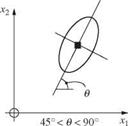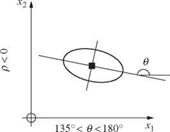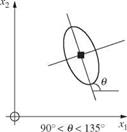Filler Content
In the majority of worldwide regulations for SMA, the content of particles passing through the smallest sieve (0.075 or 0.063 mm ) generally ranges between 8% to 13% (m/m). However, adopting extreme quantities may be a risky business—that is, 8% can lead to building too little mastic. On the other hand, a large quantity of filler (e. g., approximately 13%) may generate too high a content of mastic, making it susceptible to overstiffening or increasing the risk of forming fat spots.
It has been discussed in Chapter 3 that the optimum relationship between quantities of filler and binder is best illustrated by the filler-to-binder ratio (by weight or volume). This means that each quantity of filler corresponds to a certain optimum amount of binder...
read more





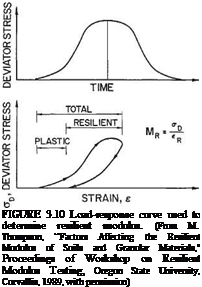
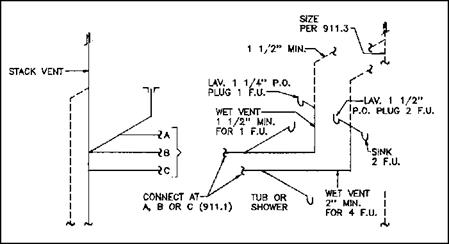
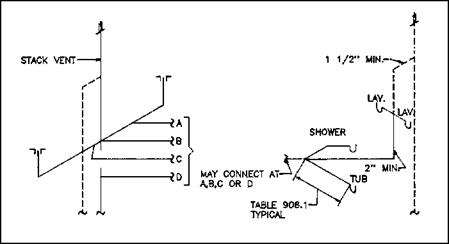

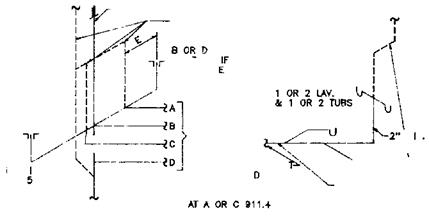





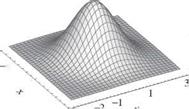
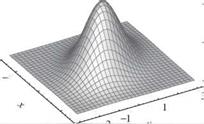
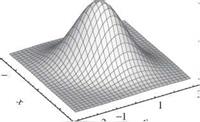

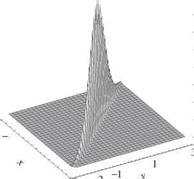
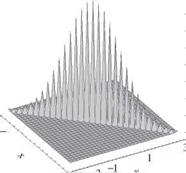 Figure 2.26 Three-dimensional plots of bivariate standard normal probability density functions. (After Johnson and Kotz, 1976.)
Figure 2.26 Three-dimensional plots of bivariate standard normal probability density functions. (After Johnson and Kotz, 1976.)
